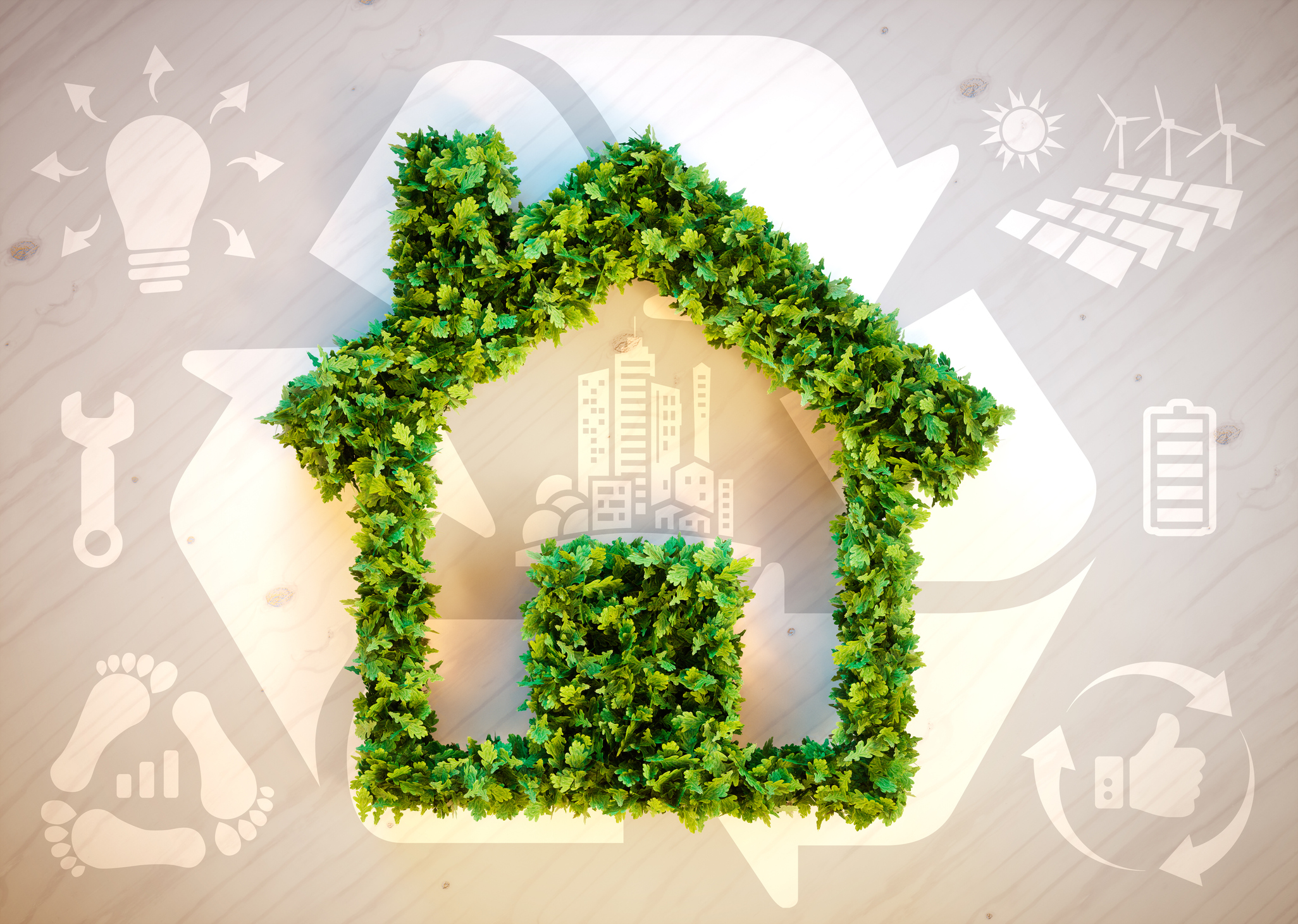Heat recovery ventilation (HRV) systems are becoming increasingly important in Australia, particularly in airtight buildings. These systems are designed to recover the heat from the outgoing stale air and use it to preheat the incoming fresh air. This not only improves the energy efficiency of the building, but also provides a number of health and comfort benefits.
One of the main benefits of HRV systems is improved indoor air quality. By constantly bringing in fresh air from outside, HRV systems help to reduce the levels of pollutants and allergens in the air. This is particularly important for people with respiratory issues, such as asthma and allergies, as well as for those who are sensitive to poor air quality.
Another benefit of HRV systems is that they can help to reduce the levels of mould and condensation in a building. Mould and condensation can cause a number of health problems, such as respiratory issues, allergies, and asthma. It can also cause damage to the building’s structure and can lead to costly repairs. By constantly ventilating the building and removing moisture, HRV systems can help to prevent the growth of mould and reduce the levels of condensation.
In addition to the health benefits, HRV systems also provide significant energy efficiency benefits. By recovering the heat from the outgoing stale air and using it to preheat the incoming fresh air, HRV systems can help to reduce the energy consumption of the building. This can lead to significant cost savings on energy bills, particularly in air tight buildings where the energy efficiency is of paramount importance.
The Australian National Construction Code (NCC) recognises the importance of HRV systems and has included provisions for these systems in the Building Code of Australia (BCA). Specifically, the BCA requires that all new buildings provide a minimum level of natural or mechanical ventilation to ensure a healthy and comfortable indoor environment. Additionally, the NCC also requires that buildings meet certain energy efficiency requirements, and the use of HRV systems can help buildings to achieve these requirements.
In conclusion, heat recovery ventilation systems are becoming increasingly important in Australia, particularly in airtight buildings. These systems provide a number of health and energy efficiency benefits, including improved indoor air quality, reduced levels of mould and condensation, and cost savings on energy bills.
If you’re building or renovating, it’s worth considering the installation of a Heat Recovery Ventilation System. The Australian National Construction Code (NCC) also recognises the importance of HRV systems and has included provisions for these systems in the Building Code of Australia (BCA) to ensure a healthy and comfortable indoor environment and energy efficiency.
For more information about Heat Recovery Ventilation, or to book in a no obligation consultation, please reach out to our friendly team at Vector HRV.


